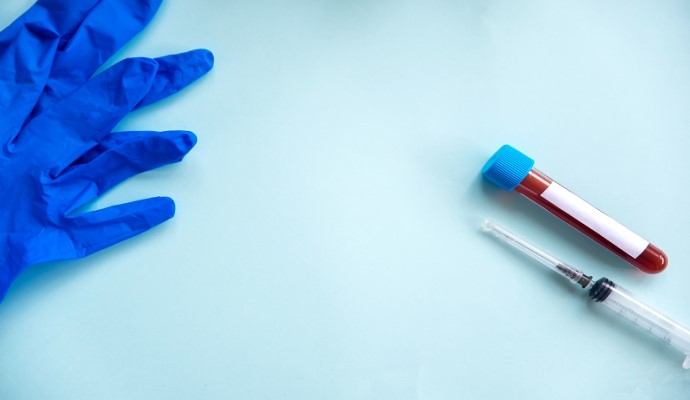Hospitals Increasingly Billing Inpatient Stays at Highest Severity
The number of inpatient stays billed at the highest severity level increased by nearly 20% from FY 2014 to FY 2019, suggesting a need for additional oversight, OIG reported.

Source: Getty Images
- A new report from the HHS Office of the Inspector General (OIG) has shown that hospitals have increasingly billed inpatient stays at the highest severity level, causing concern about Medicare spending.
The report analyzed paid Medicare Part A claims for inpatient stays from fiscal years 2014 through 2019. The claims data showed a nearly 20 percent increase in the number of inpatient stays at the highest—and most expensive—severity level during the period, while the number of stays billed at each of the other severity levels decreased.
Ultimately, high-severity hospital stays accounted for almost half of all Medicare spending on inpatient stays, OIG reported.
Inpatient stays billed at the highest severity level are vulnerable to inappropriate hospital billing practices, such as upcoding, the watchdog stated.
“Inpatient hospital billing in the years leading up to the pandemic indicates that some stays at the highest severity level could be susceptible to inappropriate billing,” OIG wrote in the report. “Accordingly, we recommend that the Centers for Medicare & Medicaid Services (CMS) conduct targeted reviews of MS-DRGs and stays that are vulnerable to upcoding, as well as the hospitals that frequently bill them.”
More specifically, OIG recommended that CMS target inpatient stays billed at the highest severity level with certain characteristics, including stays that particularly short or that have only one major complication coded.
The watchdog also advised the agency to focus on MS-DRGs, or Medicare Severity Diagnosis Related Groups, that have a higher percentage of stays with the characteristics described above and on hospitals that frequently billed them.
The report showed that nearly a third of inpatient stays billed at the highest severity level were short and over half of the stays were billed with only one diagnosis qualifying them for the highest Medicare payment rate.
Furthermore, hospitals billing practices for inpatient stays varied significantly, with some billing much differently than most, OIG reported.
CMS can potentially recoup overpayments made to hospitals for the inpatient stays, the watchdog explained, and could also use the information to educate hospitals on appropriate Medicare billing and coding.
CMS did not agree with OIG’s finding, but did acknowledge that “more work to be done to determine conclusively which changes in billing are attributable to upcoding.”
“CMS also said that it would share our findings with its Recovery Audit Contractors for their consideration in updating their strategies for reviewing MS-DRGs. In addition, CMS stated that it will continue its monitoring for potential upcoding as part of its program integrity strategy and continue to educate providers about appropriate Medicare billing,” according to the report.
Nearly one-fifth of Medicare payments are for inpatient hospitalizations, OIG stated in the report.
In FY 2019 alone, these payments equated to about $109.8 billion for 8.7 million inpatient hospital stays. Nearly half of those payments— $54.6 billion—were for hospital stays billed at the highest severity level.
Medicare payment rates are set prospectively and are based on the patient’s diagnoses and procedures, which are used to classify the stay into an MS-DRG for payment. CMS intends for the MS-DRG rate to reflect the average resources used to care for the patient while in the hospital so providers can treat hospitalized patients effectively and efficiently.
However, the emergence of COVID-19 has put even more pressure on hospitals and health systems, OIG stated.
“The pandemic has placed unprecedented stress on the country’s health care system, making it more important than ever to ensure that Medicare dollars are spent appropriately,” according to the report.
